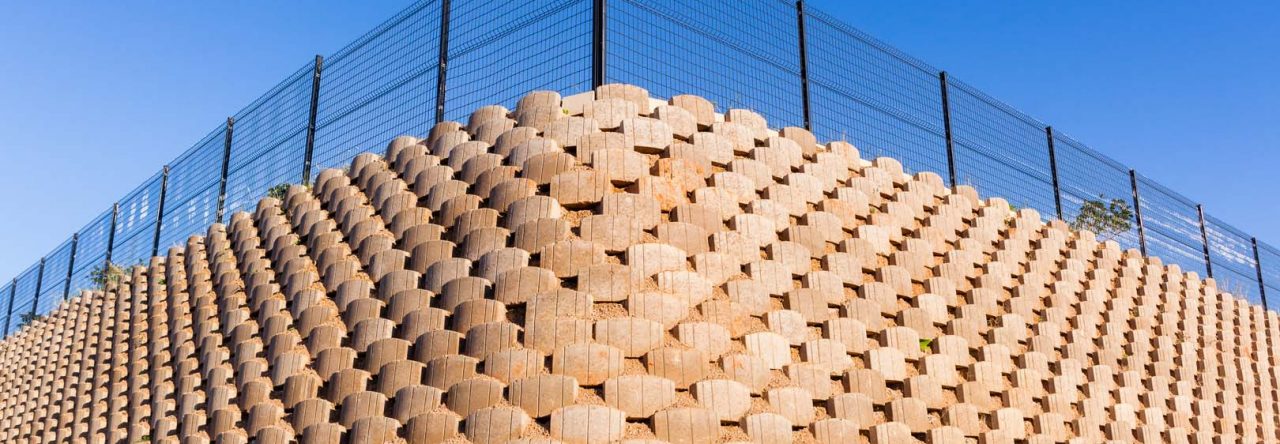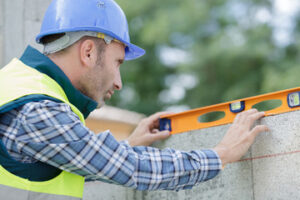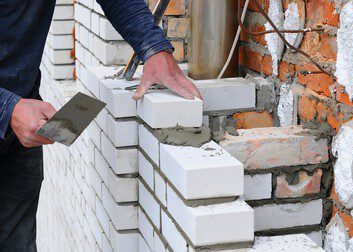Landscaping Harrisburg PA design is a blend of hardscape (pavers, walkways, and walls) and softscape (plantings). They incorporate horticultural science, spatial organization, and artful composition.

The concept of proportion in a design is important because it ensures that all components fit together harmoniously. This can be accomplished by using varying sizes, shapes, and colors.
Color is one of the most rewarding yet challenging elements of landscape design. It can make or break a landscape, bringing character and style to it. It’s easy to get caught up in trends—electric orange may be in this year, but it might not be the next—but understanding the basic concepts of color will help you create and maintain a beautiful landscape.
The first thing to know about color is its categories: primary, secondary, and neutral. Secondary colors are produced by mixing two or more primary colors; for example, red and yellow produce orange, while blue and yellow produce purple. Aside from those, there are also neutrals such as white, gray, and black.
Another important aspect of color is intensity, which describes how bright a color is. Using intense colors in a garden can draw attention to specific plants or areas of the landscape. However, it’s best to use a variety of tints and shades rather than just bright or dark colors because they can look more natural.
Landscape themes can be formal or informal, and they can also use symmetrical or asymmetrical balance. They can also utilize repetition in the form of lines, shapes, or colors to create a rhythm that is pleasing to the eye. They can also use contrast to emphasize certain aspects of the design, such as contrasting plant sizes, textures, and colors.
Form
As you plan your landscape design, it is important to consider form. The shape of the plants and structures in your landscape, as well as their groupings and arrangements, can help set the tone for how you want people to interact with the space.
Form includes both the shape of individual plants and their overall branching patterns, as well as the structure of the hardscape features you choose. For example, the structurally different forms of a Lombardy poplar tree and a weeping willow provide an immediate visual contrast that sets the tone for your garden’s overall character.
The balance or distribution of mass (visual weight) in your landscape is another important factor in its composition. Symmetrical balance distributes equal plant sizes and shapes on both sides of the landscape, while asymmetrical balance balances elements by using differences in their size, shape, color, or texture.
The rhythm or pacing of your design is important as well. Spacing your plants evenly throughout a flowerbed or path helps create an underlying rhythm that guides the eye from one element to the next. Repetition and rhythm can also be used to draw attention to a specific feature in your landscape, such as a statue or water fountain.
Lines
Lines are essential to the composition of any landscape. Whether they are a pathway, a water feature, or a structure like a garden shed, they guide our eyes through the design and help to create visual sequences and patterns. When used thoughtfully, lines can also help define and emphasize features in a design. For example, vertical lines move the eye upward to make a space feel larger and full of movement, while horizontal lines pull the eye along the ground plane. Arbors, tall plants, and short garden walls can all add vertical lines to a design, while hedges, walkways, and paved areas can create horizontal lines.
When using lines in a landscape, it is important to consider scale as well. Scale is the relative size of a component in relation to its surroundings. For example, if a flower bed is out of proportion with its surroundings, it can appear dwarfed and lose its impact. Proper use of scale ensures that a design is comfortable to view and navigate, as well as creating a sense of unity through interconnection and the use of unique, distinguishable elements.
While the five design elements—color, form, line, texture, and visual weight—are critical to creating a great landscape, transition is one of the most important aspects. Incorporating these design elements into a landscape is what makes it come to life and truly capture your attention. For instance, a smooth transition from one side of the garden to the other can be achieved by using varying heights, shapes, colors, and textures of plants in each area.
Texture
The way a surface feels plays an important role in the landscape. From coarse, rough pavers to plush velvets and soft silks, there are many textures that capture the eye and create interest in a design. Using plants with different textures is another way to highlight the beauty of your property.
While texture is often overlooked, it is a valuable part of the composition process and should be considered carefully when designing your landscape. For example, the texture of the bark on trees and shrubs can be very attractive in the winter when there is little else in the garden. The dark furrows of the bark contrast with the snowy background and provide an enjoyable visual relief from the bareness of the landscape.
Texture is also important in the spatial organization of your landscaping designs. The goal is to balance the layout from side to side and front to back. This can be achieved symmetrically or asymmetrically. Symmetry is generally preferred as it gives the overall landscape a balanced, unified look. Asymmetry, on the other hand, gives the individual plant and hardscape features equal “visual weight,” resulting in a more organic, informal appearance.
Besides the obvious visual effects of plant texture, it also affects the touch and smell of the space. If a customer likes the feel of a particular plant, then it is a good idea to use that texture in their landscaping. For instance, planting clumps of soft, feathery, or fuzzy plants can encourage the visitor to touch and explore the garden.
Contrast
The contrast of color, shape, and texture adds variety to a landscape. This principle is important to keep in mind when designing a garden or yard. It is also essential to use a balance of large and small elements, as well as symmetrical and asymmetrical designs.
“Form refers to the shape of a plant or hardscape feature. It can be simple or elaborate, but it should always be complementary to the overall design. Similarly, trees can have many forms but should be consistent with the overarching style of the landscape. Ideally, the landscape should have a theme or motif, and this can be achieved with the use of repetition. For example, planting the same plant type in each bed can create a ribbon of color that flows through your yard. Another way to achieve this is through the use of patterns such as short-high-short or small-big-small.
Texture is a key element of contrast in landscape design because it affects perceptions of distance and scale. For instance, a fine texture will make a space seem larger, while a coarse one will shrink it.
Keeping the lines of your yard and garden clean and uncluttered is another important aspect of landscape design. Avoid using too many colors, shapes, curves, and textures to keep the design flowing smoothly. Simplicity does not mean boring, however, as the right amount of detail can make a landscape pop!
Variety
Adding variety to the landscape helps it look interesting and gives the space depth. For example, you can add texture by incorporating different types of plant material, or you can create contrast by using the same color in the landscape design elements (line, form, color, and texture).
Another element to consider is scale. Large plants look different in the landscape than small ones, so it’s important to keep this in mind when choosing plants for your garden. This is especially important if you’re designing your garden on a slope.
A landscape designer is a professional who uses horticultural science, artful composition, and spatial organization to plan outdoor “rooms” for use as:
Proper landscaping designs can help make your property more attractive and increase its value. However, it’s important to note that a landscape can have both positive and negative impacts on natural processes, social processes, and aesthetic processes. Landscape designers use environmental ethics, botany, and engineering principles to solve problems related to soil, water, circulation, drainage, lighting, furnishing, erosion control, and safety. In addition, they consider sustainability by minimizing energy use, recycling, and using eco-friendly hardscape materials and non-toxic preservatives, paints, and cleaners. Landscapes also affect the environment by improving the quality of air and water, reducing soil erosion, creating habitats for wildlife, and providing recreation. They also soften the spaces between buildings and provide a link between spaces, as well as promote aesthetics and personal well-being.


